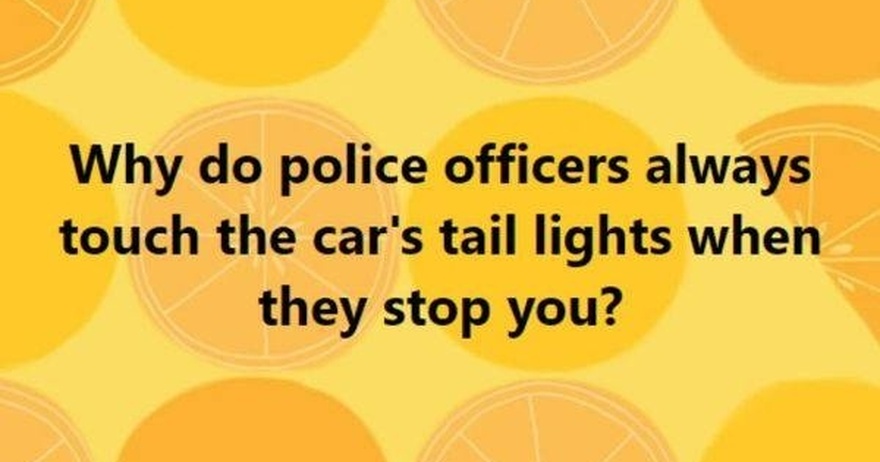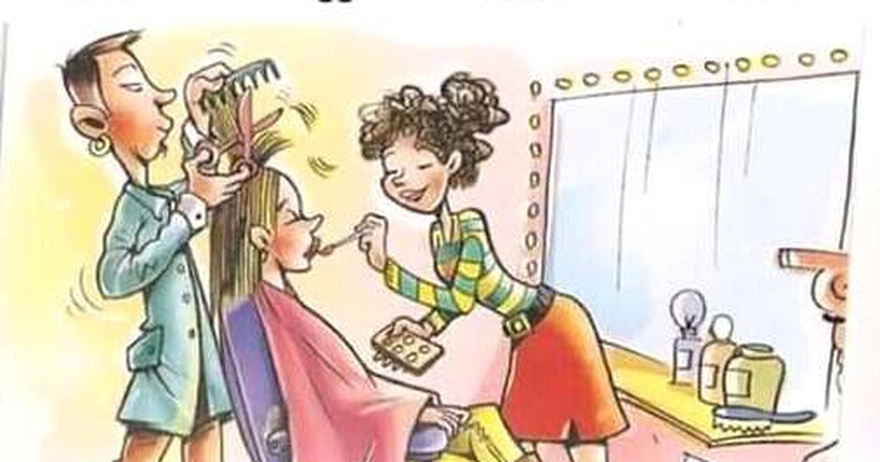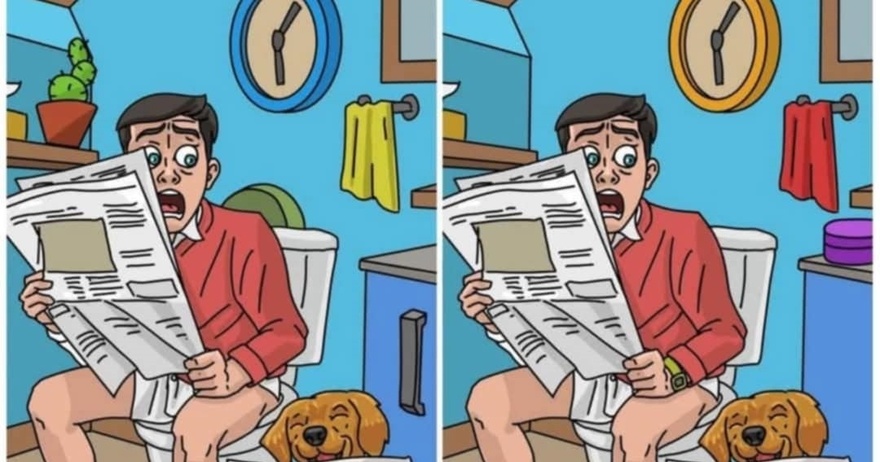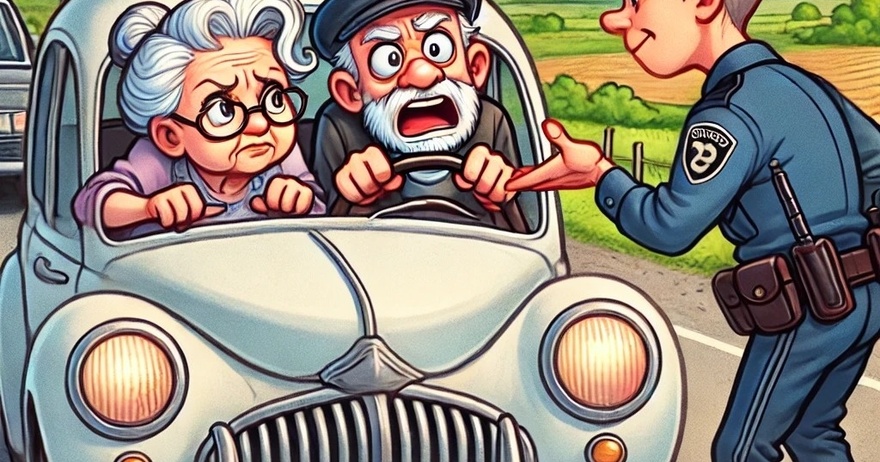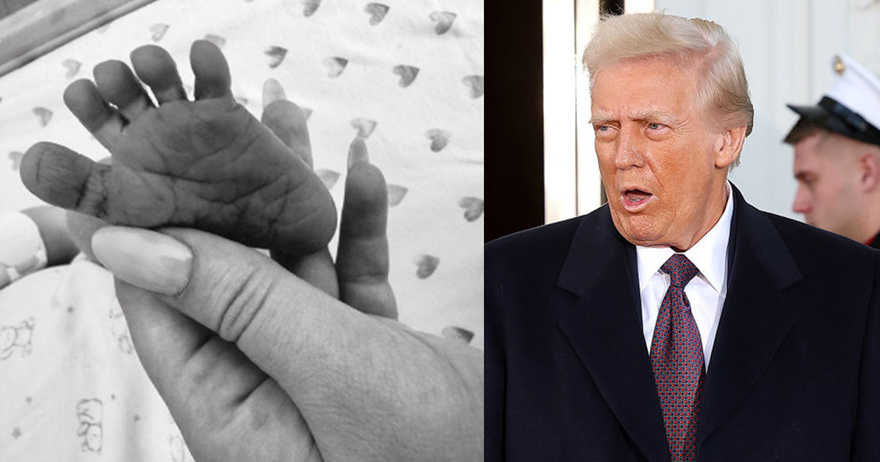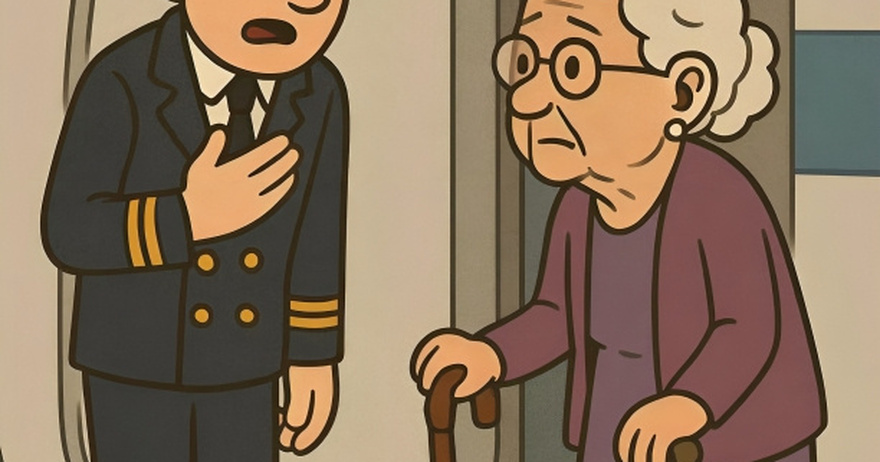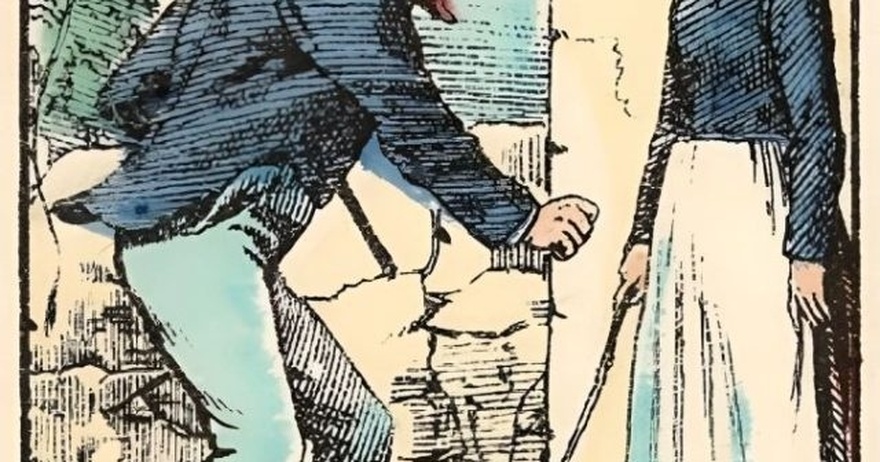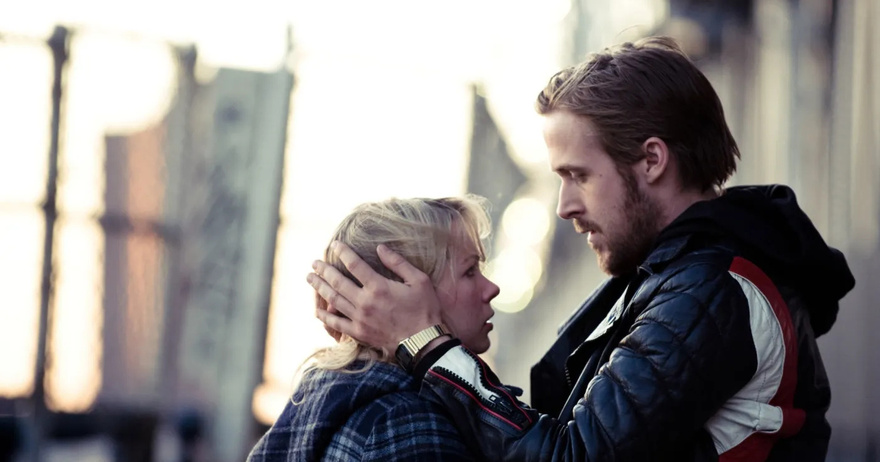Getting pulled over by a police officer can be a stressful experience. As the flashing lights reflect in your rearview mirror, your mind may be racing, and you might notice something curious: the officer reaches out and touches your car’s tail lights. Why do they do that? Is there a hidden reason behind this subtle gesture? In this article, we’ll explore the intriguing reasons why police officers often touch a car’s tail lights during traffic stops.
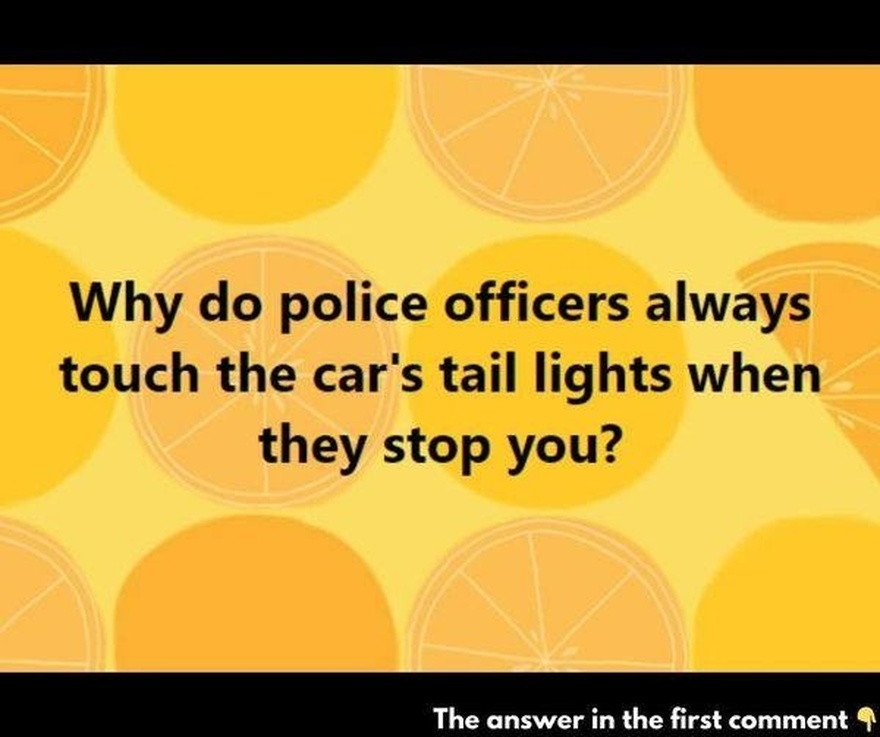
Documenting the Stop
One of the primary reasons officers touch your car’s tail lights is to document their presence at the scene. By placing their hand on the vehicle, they leave behind a fingerprint. This seemingly minor action can become crucial evidence if the situation escalates or is questioned later.
For example, if a driver speeds away or if there are disputes about what happened during the stop, that fingerprint serves as proof that the officer was indeed at the scene. It’s a quick and effective way to leave an undeniable mark of authenticity and accountability. While this practice may seem unnecessary in the era of body cameras, it is a long-standing procedure that has stood the test of time.
Enhancing Officer Safety
Traffic stops are unpredictable, and every encounter is unique. Officers approach each vehicle cautiously because they never know what to expect. Touching the tail lights is a simple precaution that acts as a safeguard in case anything goes wrong.
Consider the worst-case scenario where an officer is harmed or a suspect flees the scene. The fingerprint on the tail lights can help forensic teams reconstruct what happened or identify the vehicle involved in a crime. This action provides investigators with physical evidence linking the vehicle to the stop, which could be vital in understanding the chain of events.
Deterring Illegal Activity
Touching the tail lights can also subtly discourage illegal behavior. When a driver notices the officer touching their car, they may realize that they are under close scrutiny. It signals that the officer is attentive to every detail, making it clear that any attempts to hide or dispose of something inside the car could be noticed.
This small gesture can prevent drivers from trying to stash illegal items, throw away contraband, or tamper with evidence. It serves as a psychological reminder that the officer is alert and observant, and any unlawful actions won’t easily go unnoticed.
Establishing a Routine for Consistency
Law enforcement officers heavily rely on routines to maintain focus and ensure they don’t overlook important details during tense encounters. Touching the tail lights is often part of the standard routine that officers follow during traffic stops.
These routine actions help officers stay focused on the task at hand, ensuring they cover all the necessary steps. Consistency in their behavior helps minimize the chances of missing critical details or making errors, particularly in high-pressure situations. By adhering to these habits, officers approach each stop with diligence and maintain a high level of attention to safety.
Demonstrating Authority and Presence
When an officer touches the tail lights, it also serves as a subtle but powerful demonstration of authority. This action signals to the driver that the officer is in control of the situation and is carefully inspecting the vehicle. It reminds the driver that the interaction is serious and that the officer is aware of every detail.
This gesture also acts as a visible cue to onlookers that the officer is performing their duty, adding a layer of formality to the traffic stop. It reinforces that the situation is being managed in an official capacity, and compliance with the officer’s instructions is expected.
A Nod to Cultural Traditions in Policing
In certain regions or police departments, touching the tail lights has evolved into a cultural tradition. It signifies the beginning of an official interaction between the officer and the driver. Some officers see it as a respectful gesture, marking the start of a formal process.
While not universal, these traditions add a human touch to what can often be a tense and impersonal situation. In some departments, this practice has been handed down through generations of officers and remains a part of their law enforcement culture.
Conclusion
Touching a car’s tail lights during a traffic stop might seem like an insignificant action, but it serves several important purposes. From documenting the stop with fingerprints to enhancing officer safety, discouraging illegal activity, and maintaining consistency during a potentially volatile encounter, this practice is deeply ingrained in police procedures.
Moreover, it reinforces the officer’s authority and even reflects longstanding cultural traditions within some police departments. The next time you’re in a traffic stop, you’ll know that this small gesture is far from random—it’s a deliberate part of making the interaction as controlled and safe as possible.
By understanding why police officers touch tail lights, we gain insight into the layers of safety, accountability, and tradition that shape everyday law enforcement practices.
